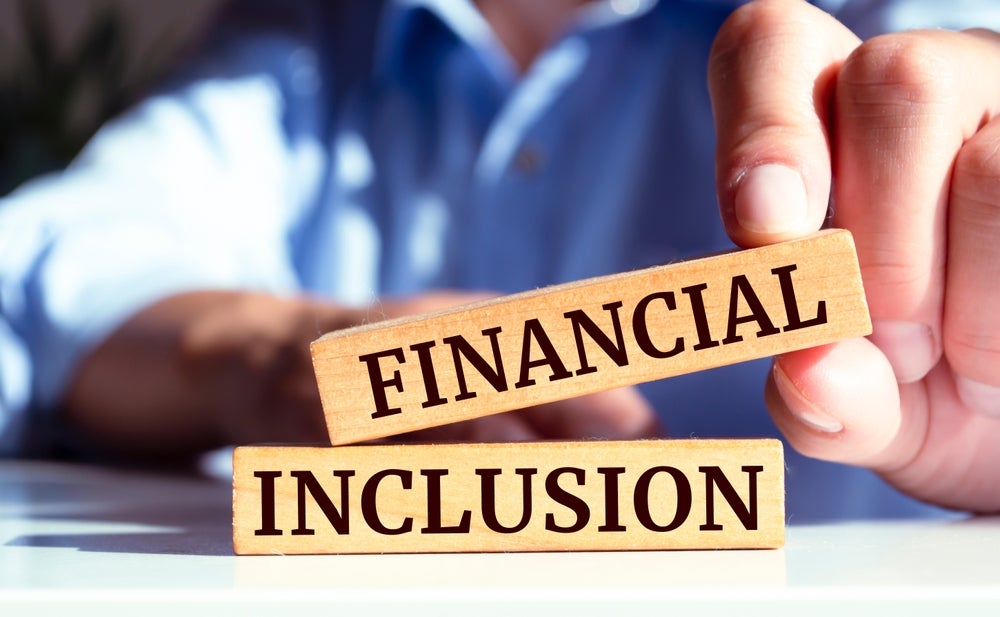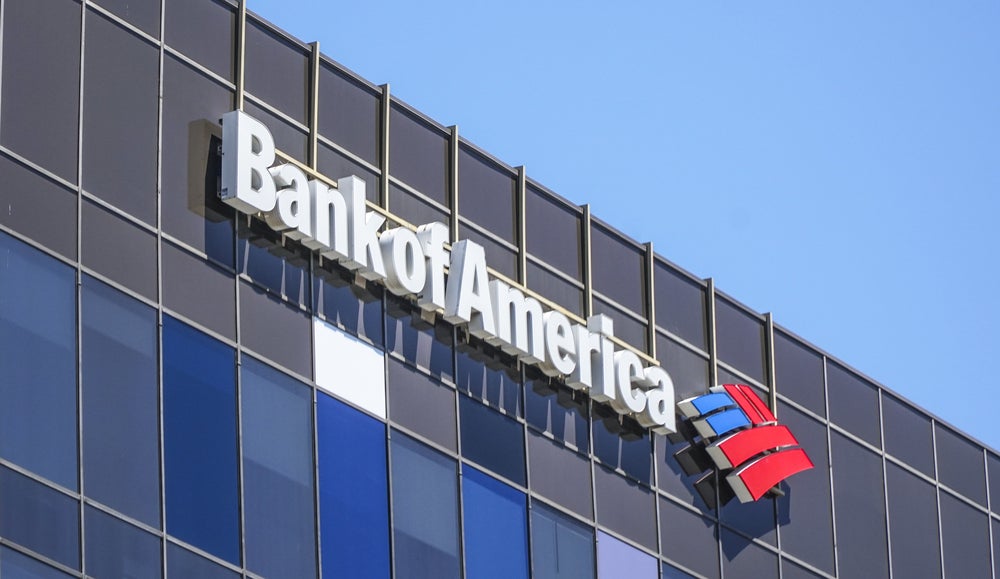Vietnam International Bank plans
to expand its product line up and double its branch network over
the next three years – and is in discussions with potential foreign
investors as well. Douglas Blakey talked to VIB’s chief executive,
Han Ngoc Vu, about his bank’s plans in the face of increasing
foreign competition.
Optimism – and foreign interest – in
Vietnam’s booming financial services sector shows no sign of
waning, despite concerns about rising inflation and interest rates,
a deposits price war and a lack of liquidity as a result of the
government tightening monetary policy.
The country remains Asia’s second-fastest
growing economy after China due to rising consumption, investment
and trade expansion, having reported credit growth of 54 percent in
2007 and GDP growth of 8.5 percent.  And in a country of 85
And in a country of 85
million people in which only 10 percent of the population has a
bank account, there remains a great deal to play for – an
opportunity which has attracted a significant number of
international players into an increasingly crowded banking
market.
In January 2007, the potential
competitiveness of Vietnam’s banking system was boosted by the
country joining the World Trade Organisation (WTO), resulting in
the government passing a decree allowing foreign banks to own 15
percent of local banks (an amount that may be increased to 20
percent subject to governmental approval).
“The banking system in Vietnam is growing
rapidly. It makes the competition among the banks in Vietnam become
even more competitive, resulting in a better choice of retail
products and services for customers,” states Han Ngoc Vu, CEO of
Vietnam International Bank (VIB), the country’s ninth-largest bank
by assets, in an interview with RBI.
VIB, founded in early 1996 by a number of
institutions, including state-run Agribank and Vietcombank,
reported profit before tax of VND425.7 billion ($25.6 million) in
2007, up more than 100 percent year-on-year; total assets soared to
VND39.32 trillion from VND16.6 trillion in the previous year. The
bank expects its assets to rise by a third to around VND52 trillion
by the end of 2008 and has projected a rise in gross profit of
around 65 percent to VND700 billion.
How well do you really know your competitors?
Access the most comprehensive Company Profiles on the market, powered by GlobalData. Save hours of research. Gain competitive edge.

Thank you!
Your download email will arrive shortly
Not ready to buy yet? Download a free sample
We are confident about the unique quality of our Company Profiles. However, we want you to make the most beneficial decision for your business, so we offer a free sample that you can download by submitting the below form
By GlobalDataUpbeat about the challenges
Vu is upbeat about the challenges and
opportunities the changed banking landscape offers VIB.
“There is an opportunity to benefit from
the growing presence of international banks,” he says. “There is
also the opportunity to attract experienced and talented bankers
from foreign groups who have benefited from working with an
international bank.”
 He also flagged up the possibility of VIB teaming up with a
He also flagged up the possibility of VIB teaming up with a
foreign investor. “We are in negotiations with some potential
foreign strategic partners but have not concluded a deal with any
of those banks yet.”
In May, VIB announced plans to issue new
shares to raise its registered capital by 50 percent to VND3
trillion and may list on the Ho Chi Minh Stock Exchange this
year.
“We are en route for a public offering of
shares to increase our share capital and the possibility of
co-operation with a foreign strategic partner. Many banks [in
Vietnam] are considering a public offering but it is difficult in
the current economic climate. The market will decide
everything.”
To date, only Sacombank and Asia
Commercial Bank, among Vietnam’s 36 partly privatised banks, have
shares traded on the country’s stock market but a number of the
banks have sold stakes to international banks in recent years.
UK-headquartered HSBC was the first major
foreign group to enter Vietnam, purchasing an initial 10 percent
stake in Techcombank, the country’s eighth-largest bank by assets,
in December 2005 – at the time the largest stake a foreign
institution could hold in a Vietnamese bank, and a stake it
subsequently increased to 15 percent. HSBC has also acquired a 10
percent stake in Vietnam Insurance, the nation’s leading
insurer.
Standard Chartered followed HSBC into
Vietnam, acquiring an initial 8.76 percent stake, since raised to
15 percent, in Asia Commercial Bank, the country’s sixth largest
bank. Other notable foreign investments have included Germany’s
Deutsche Bank investing in Habubank, ANZ’s tie-up with Sacombank,
Maybank taking a 15 percent share in An Binh Bank and Singapore’s
OCBC stake in VP Bank.
French group BNP Paribas is also present
via an insurance joint venture with local banks Vietcombank and
Seabank, as well as having a 10 percent interest in Orient
Commercial Bank.
Vu does not, however, agree with the
suggestion that there may already be too many banks operating in
the country. “In my view, a large number of banks operating in
Vietnam are a necessity of the country’s development as the economy
has been expanding so fast. Only banks with a high standard will
survive and expand. Weak banks will be dissolved and the result
will be merger and acquisition activity.”
The country’s banking system continues to
be dominated by state run banks such as Agribank (which operates
half of Vietnam’s 4,000 bank branches) Vietinbank and Vietnam
Development Bank, all of which account for more than 70 percent of
lending. By contrast with Agribank, the VIB branch network of 82
branches is limited but will almost double in the next three
years.
“We plan to grow to 112 branches in 26
cities during 2008, to 135 branches in 2009 and 150 branches in 35
cities by 2010. We will develop new branches in the major cities
with a high population density instead of rural areas and will
place more emphasis on the Southern markets.”
Product and distribution
innovation
Product and distribution innovation is
also at the heart of Vu’s plans to drive the bank forward.
“We will develop high-technology products
related to virtual distribution channels such as e-banking and
e-savings and develop products and programmes created by
cooperation between the bank and other organisations such as a
bancassurance deal with AIA insurance. We will gain new business
from gaps in the market unfilled by our competitors and combine the
benefits of two or more products to offer new packages of
products.”
 The bank’s mobile banking service, launched in August 2005,
The bank’s mobile banking service, launched in August 2005,
is also to be revamped. The service only offers basic functions
such as checking account balances, card owner information, foreign
exchange and interest rate information and the ability to access
the customer’s most recent five banking transactions. In 2008, VIB
will offer an upgraded version of mobile banking offering money
transfer and payment facilities.
In terms of segmentation, VIB concentrates
its efforts on what Vu terms the medium and high income class.
“We target the young adult market aged 21
to 29, the mature adult market aged 30 to 45 and the middle aged
sector from 45 to 60, which has a strong and stable finance
capacity. We also target the market by job title such as students,
officers, manual workers and top managers. Our most successful
segments are job title-based segmentation.”
Vu is particularly proud of the VIB brand,
which he considers among the strongest in Vietnam. He says VIB’s
brand proposition is centred around the word ‘values’ – values for
customers, shareholders, staff and the local community.
After 12 years of operation, VIB has
earned its customers’ trust and the brand is broadly recognised by
its community, he argues, adding “we will enact a number of
strategic policies to retain and develop the strength of the VIB
brand”.
Tightening monetary policy
Vietnam’s inflation hit a record of 25.2
percent in May over the same period last year, with an inflation
rate in May of 3.19 percent over April, the highest month-on-month
increase since 1995, according to the General Statistics Office of
Vietnam. In an attempt to beat down on inflation, the Vietnamese
government has adopted a tightened monetary policy, with The State
Bank of Vietnam increasing the benchmark interest rate to 14
percent.
“VIB has raised its interest rates and is
applying flexible deposit interest rates and terms based on the
state of the market to ensure we are competitive. We have also
carried out promotional programmes and offered incentives to
branches to meet their deposit targets,” Vu says.
“We have launched our e-savings product
and loyal customer care initiative in May and will also apply a
flexible approach to deposit interest rates in each region we
operate. On 9 May, for example, we had grown our funds held on
deposit by VND4.418 trillion compared with 1 January and increased
our deposits market share from 1.5 percent to 1.7 percent.”
A lack of ATMs in the
country
VIB also expects to benefit from the
recently set up common ATM service network established in Vietnam,
in an attempt to overcome a lack of ATMs in the country.
Vu says: “Vietnam has a very great
potential market for card business with over 10 million cards
issued. At the moment, Vietnam has three card alliances, Smartlink,
Banknet and VNBC. Smartlink was established by Vietnam’s
joint-stock banks and it is the biggest alliance with 17 banks
joining it.
“In the third quarter of 2008, the three
card alliances are going to be united and become one national card
network in order to widen the use of ATMs and POS and to overcome
the limited quantity of ATMs of individual banks.”
While VIB has joined the Smartlink
alliance, meaning its cards are accepted in around 10,000 POS and
over 2,000 ATMs across the country, the bank is also planning to
deploy another 100 ATMs itself by the end of 2008 to meet the
growing consumer demand, said Vu.








